BRING YOUR VISION INTO ACTION
Let’s delve into the first few moves of a game and all the tactical maneuvers that come with it.
Topic 1
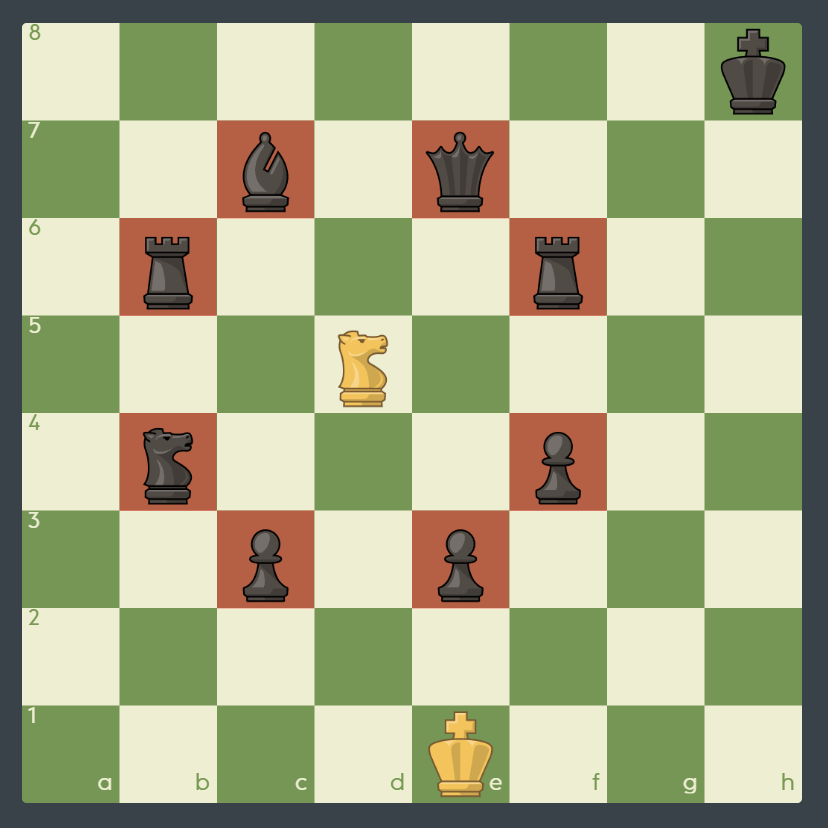
Like most pieces, a knight is more powerful in the center. Count how many squares the white knight controls, and then capture the most valuable black piece.

Very good! The knight controls eight different squares. Not only does it attack forward, into the opponent’s half of the board, but it also defends its own half. That’s why a knight in the center is so strong.
Topic 2
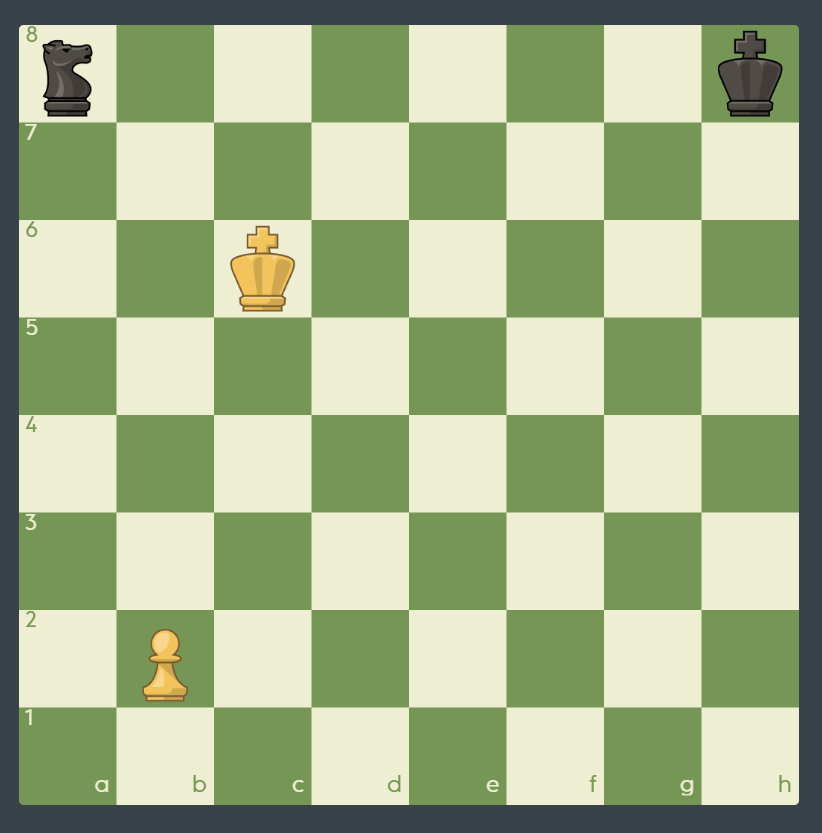
Most of the time, you don’t want your knights stuck in the corner. From the corner the knight can only move to two different squares. And it’s also easy for it to get trapped.
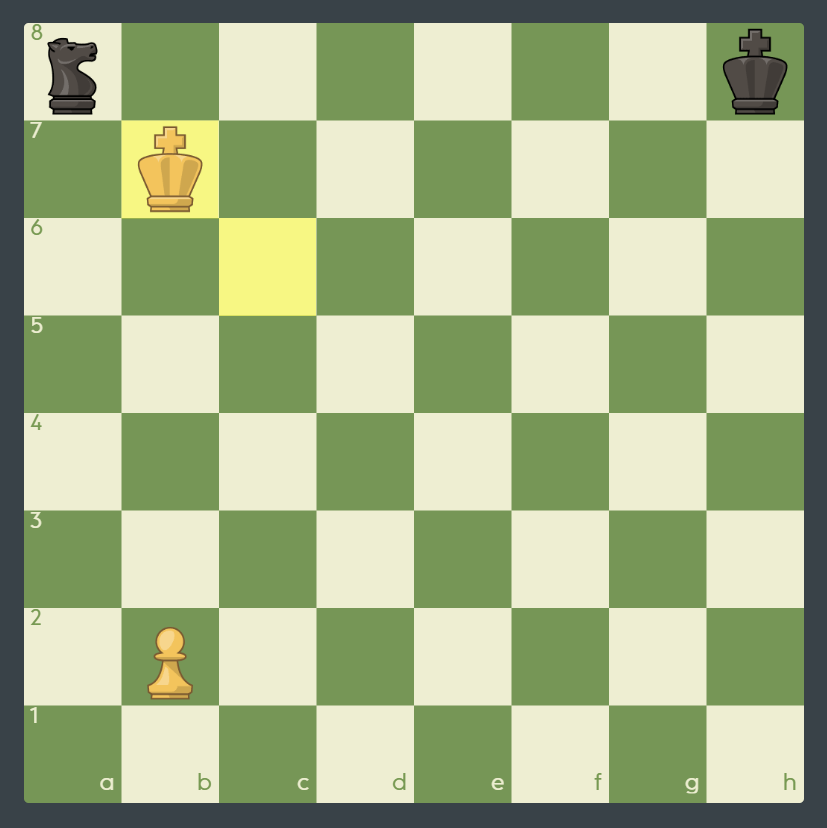
Great job! The knight could only move to b6 and c7. By keeping control of those two squares and attacking the knight, White wins the knight!
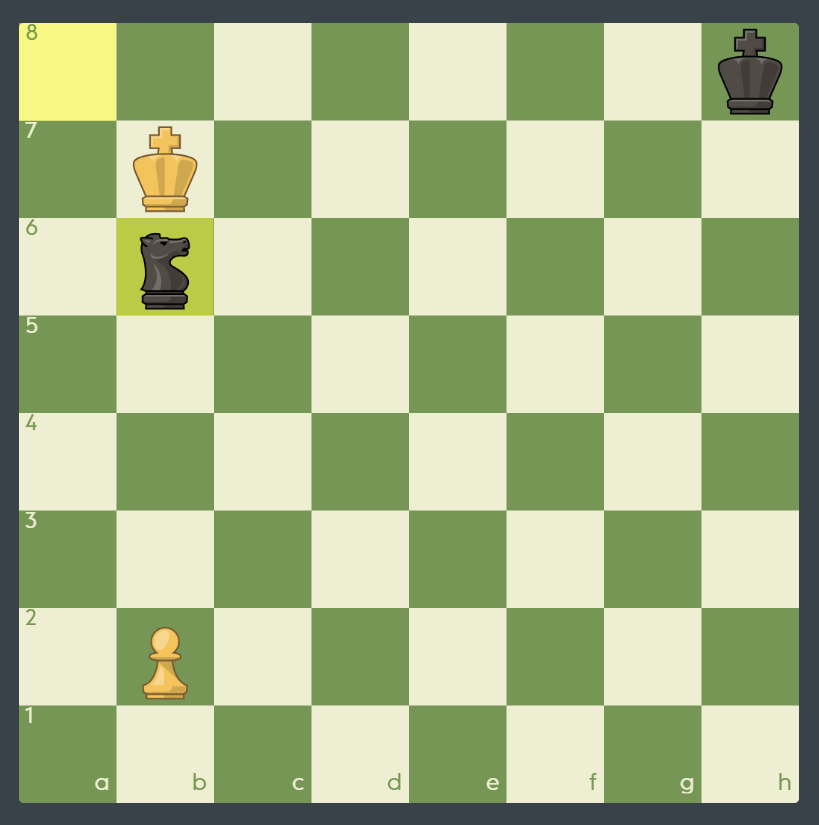
The knight is trying to escape! Are you going to let that happen?
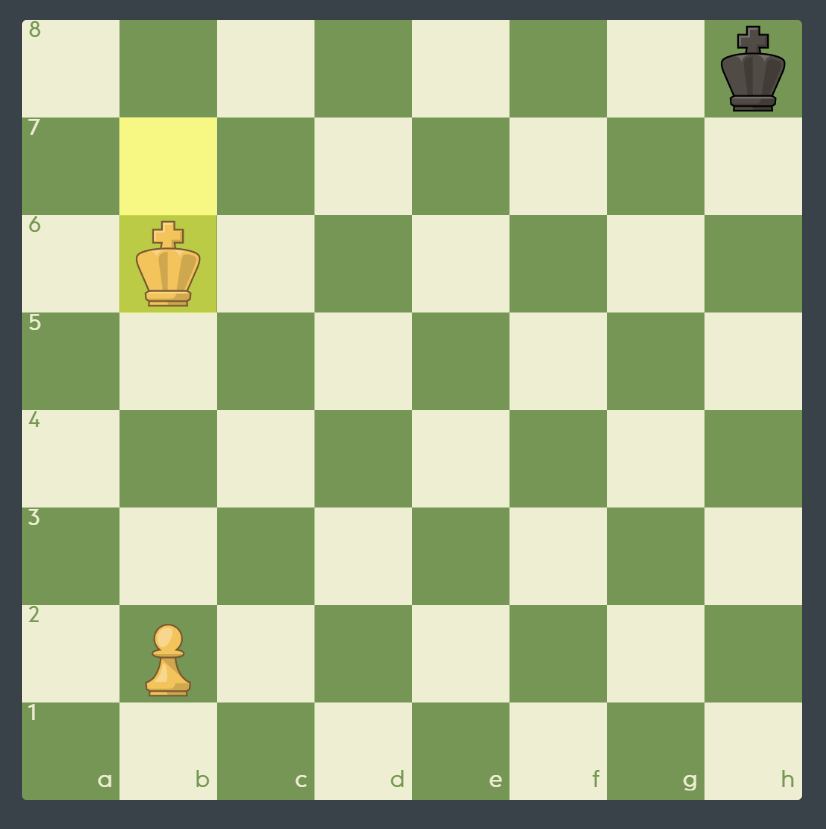
Good job. Because the knight was stuck in the corner, the only two squares where it could go were covered by the king. Now we know why the center of the board is so important.
Topic 3

At the beginning, there are a lot of good moves. Simple and strong is to try pushing one of the center pawns on to a central square where it controls another central square.
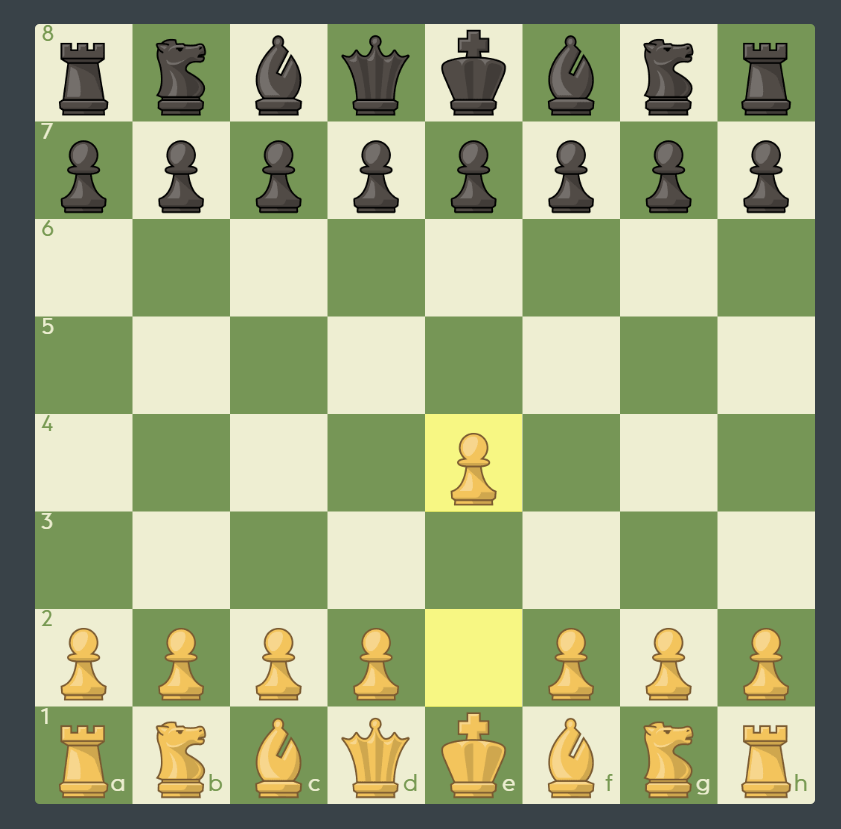
Great job! This move puts a pawn in the center and controls the d5 square as well. The most popular first move!
Topic 4

It’s always great if you can take over the center with your pawns. Do you see how White can capture more central space and push Black’s pieces back?
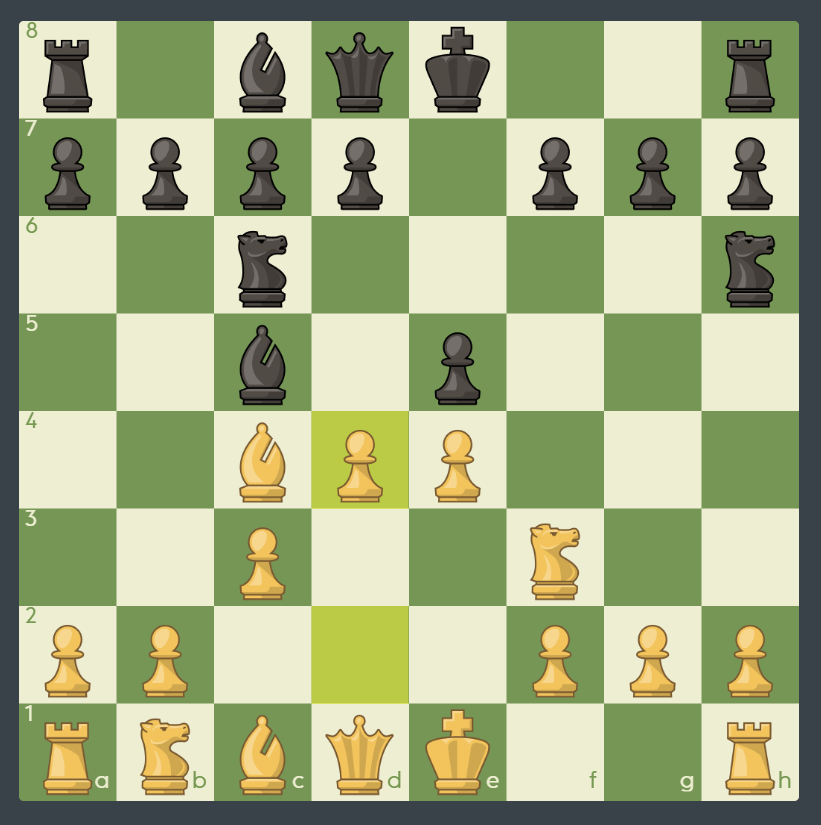
Great job! That pawn stands next to its friend, which is the best way for pawns to stand because they control all the squares in front of them.

Black has captured a pawn. Will the center stand?
What should White do now to keep the powerful pawn center?
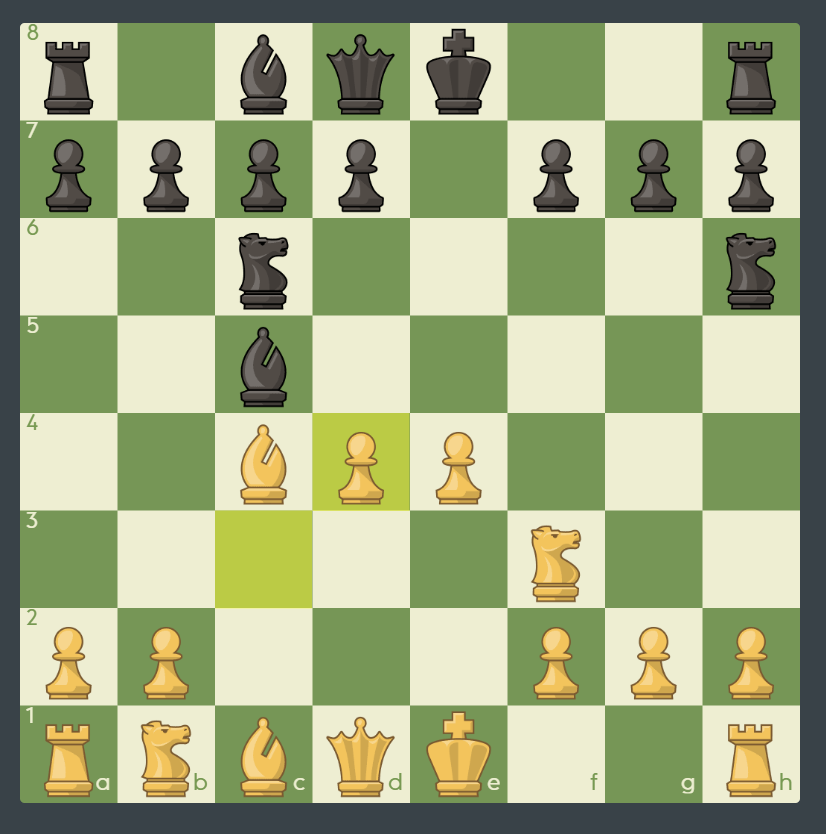
Great job! White recaptured with a pawn, so now his pawns stand side-by-side. They control all of the squares c5, d6, e5, and f5. This gives White an advantage.
Topic 5

One piece cannot take on a whole army! At the start of the game, you should move each piece only once, unless there is a good reason. Here we will see what might happen if you move a piece twice.

Black developed the rook, and this tempted White to start an early attack.
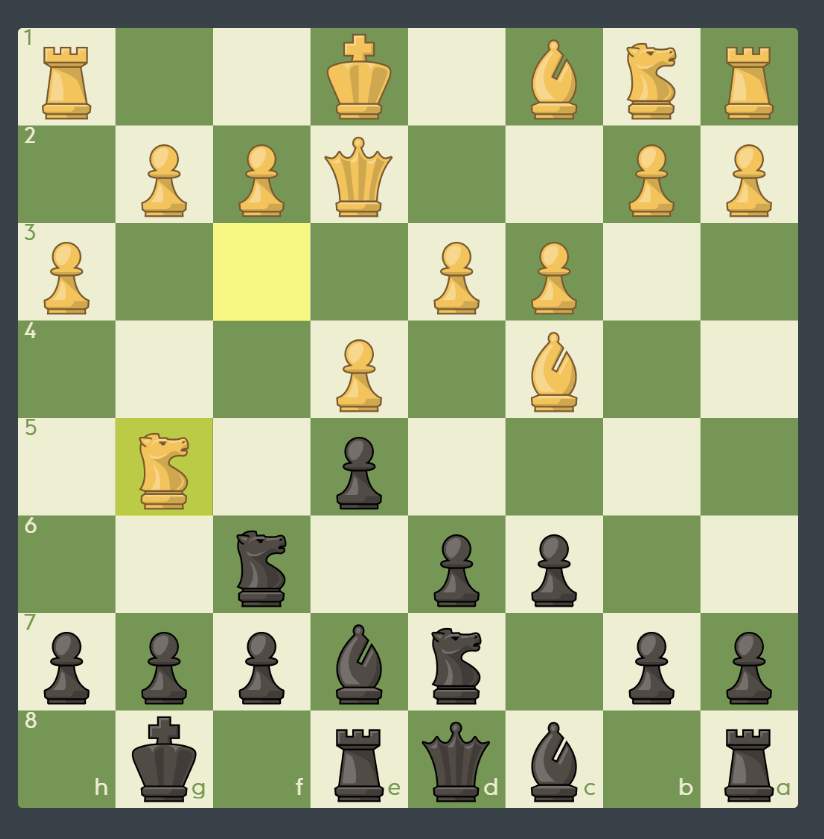
Not a good move! White moved the knight a second time, attacking the f7-pawn. But Black can easily deal with this attack.
White broke a rule by moving the knight again, but Black still needs to deal with the attack. How can he do that?
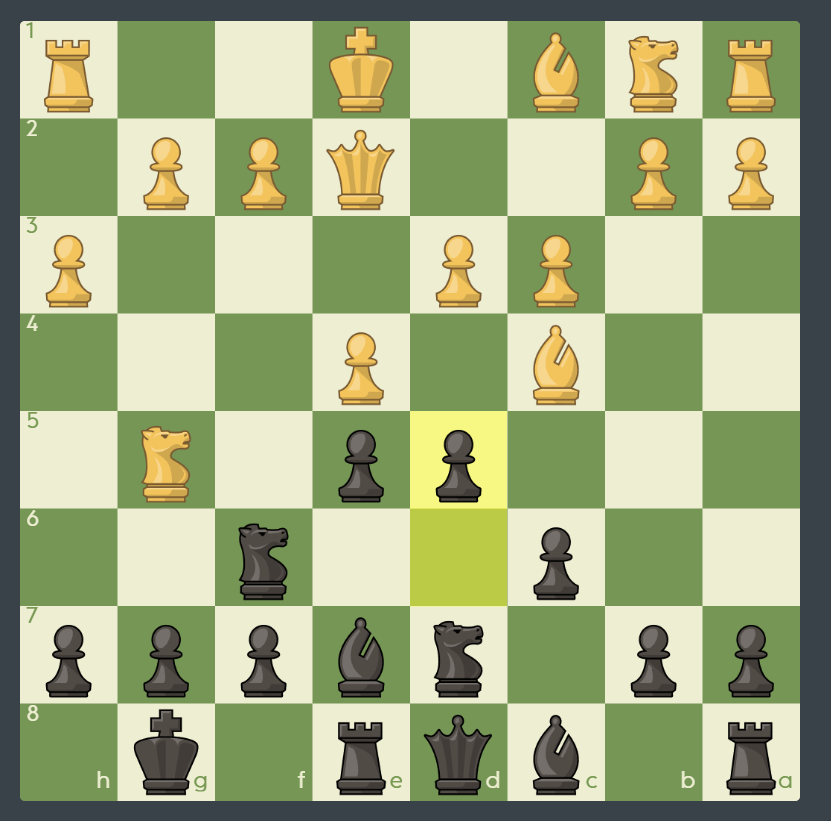
Great job! Not only does this block the bishop’s attack on f7, but it also threatens the bishop. Now the white bishop will have to retreat.
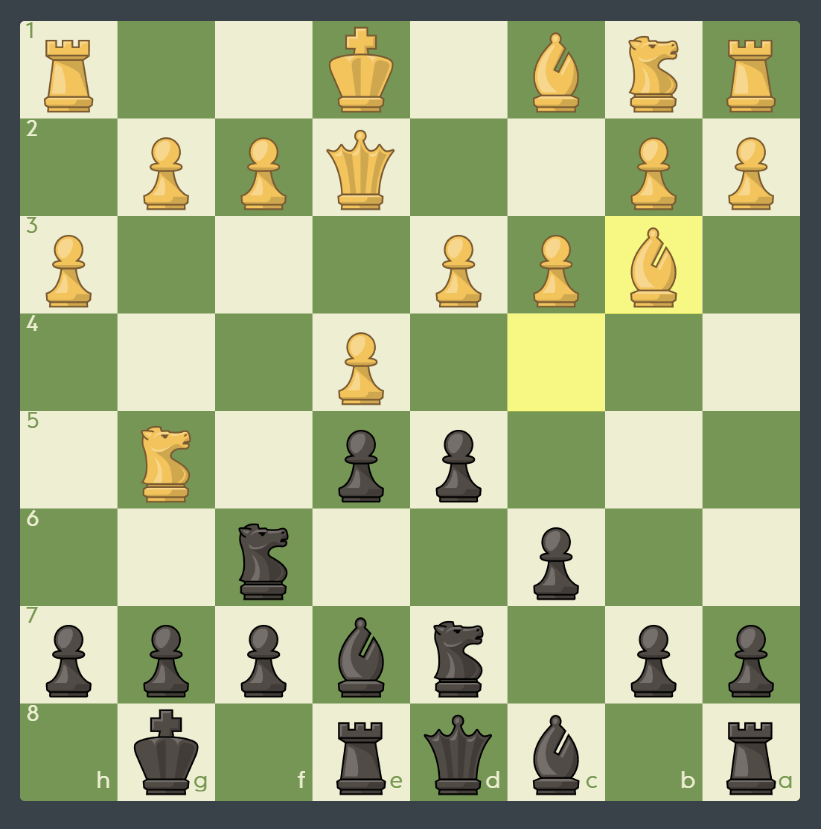
Capturing with the pawn on d5 will not help, since Black can just capture back with the pawn from c6.
Now that the attack on f7 has been stopped, Black can push the knight back. Do that now.
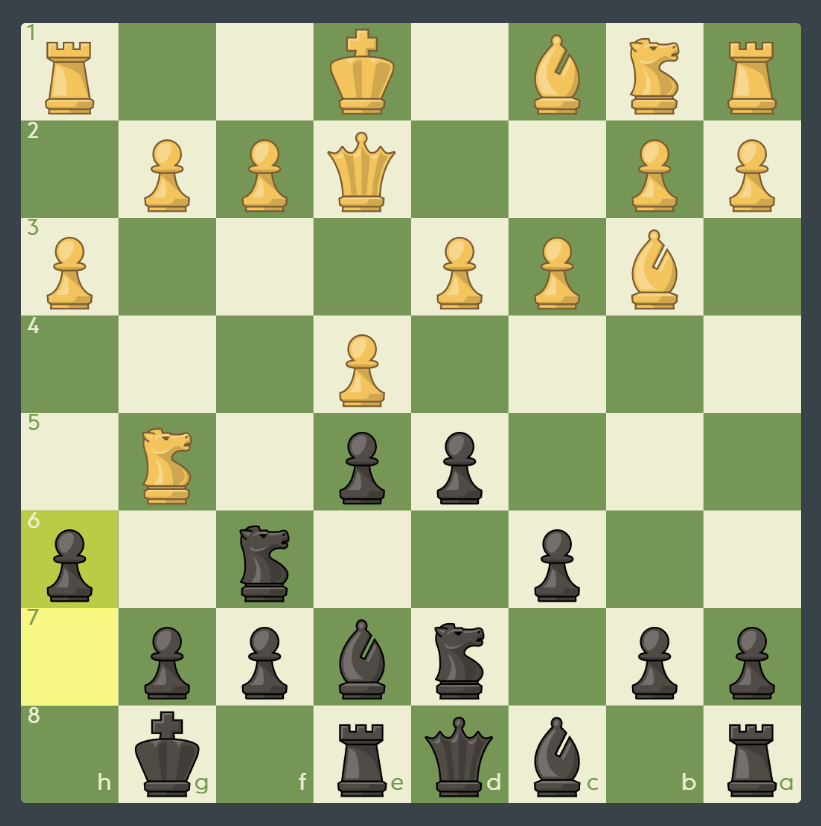
Good! The “no parking” sign! Now the knight will retreat to f3. What has White gained by the early knight moves? Nothing! He just wasted two moves going back and forth, while Black was able to advance in the center. So don’t move a piece more than once in the opening unless you have a good reason!

